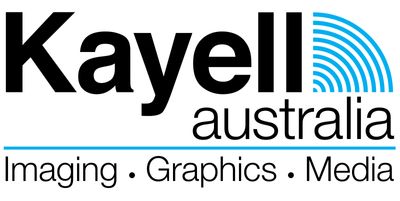What Is The G7 Method?
G7 refers to the American CMYK calibration method created by Don Hutcheson. It is based on grey balance and common neutral tonality. It is not an alternative to ICC profiles but uses curves, often in conjunction with ICC profiles to provide a calibration method which can be used on any CMYK output device to provide a matching result between various devices. Unlike ISO standards which require a strict adherence to certain criteria such as the colour of the inks used and fixed dotgain curves (the choice of curves is dependent on the standard being matched) G7 provides enormous flexibility as the curves are custom values determined uniquely for each device to provide very neutral grey balance right throughout the tonal range.
It has become the American standard for press calibration and even in a strongly ISO compliance based country such as Australia, it has great potential and offers a means to colour manage any curve based device and comes into its own especially when the device for whatever reason cannot be brought into line with the ISO specifications. It provides an answer to such issues as getting various devices from different technologies to match via curves.
There are several flavours of G7 compliance from the basic G7 Grayscale (American spelling) which is the solid inks are whatever they are and then grey balanced throughout the tonal range. A great solution for when there is little or no control over the solid ink values. Others include Targeted and Colorspace. Targeted uses known solid ink values and substrate colour such as those in the ISO standards. This is great for when control over the gamut size is a definite requirement and provides a much closer match between devices at the saturated end which would otherwise vary. G7 Colorspace incorporates the requirements of the other two levels mentioned but requires even more strict adherence to a known print condition and is intended for areas which require the highest level of accuracy such as proofing.
Huge amounts have been written about G7 and are easily sourced on the Internet so I won’t go into greater length here other than to say that I have implemented G7 methods at several sites with great success. At some sites it provided a means to calibrate devices which could not be made to comply with the ISO standards and would have otherwise remained uncontrolled and at other times it was simply the method preferred by the business owner. A very strong case can be made for using G7 methods and the very accurate level of control it offers. Please feel free to contact for more detail if this is of interest to you.
By Michael Lithgow.
linkedin.com/in/michaellithgow







